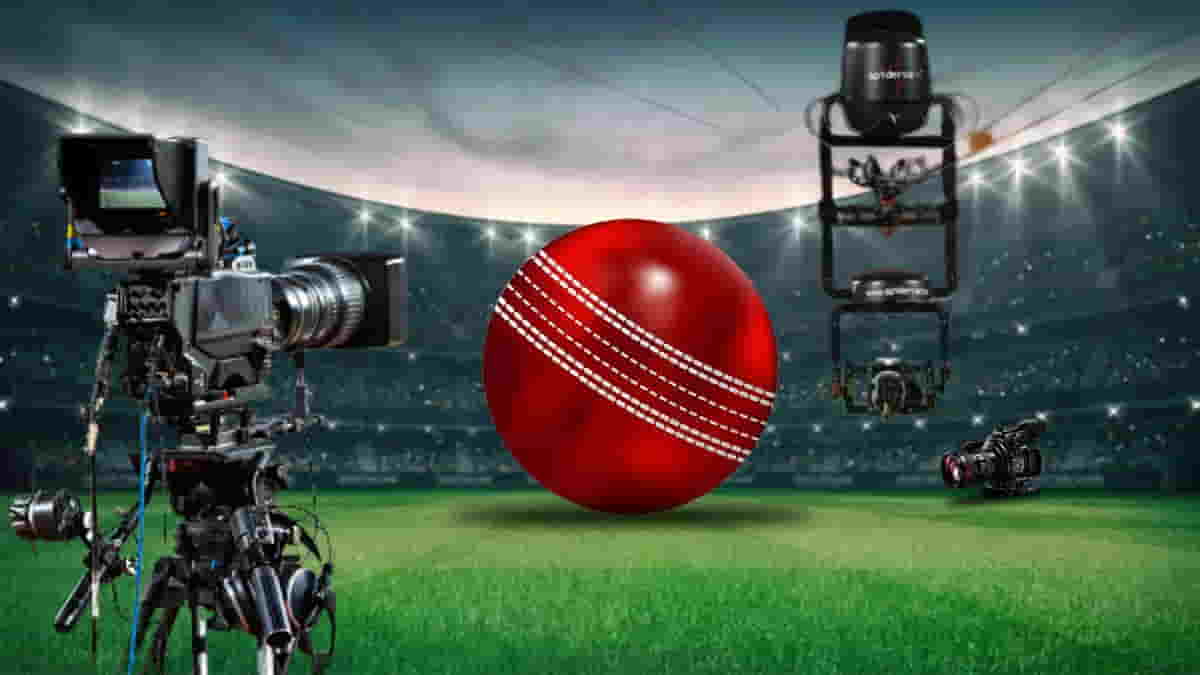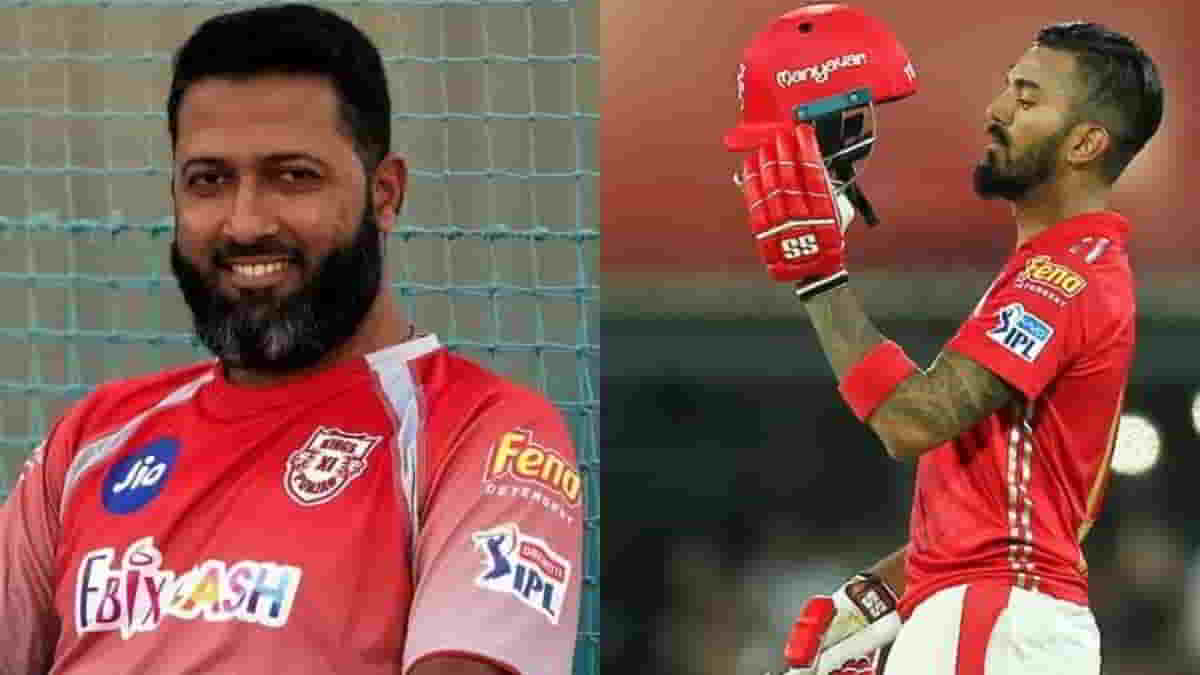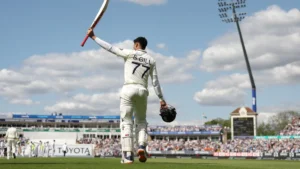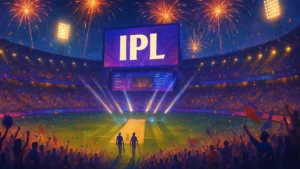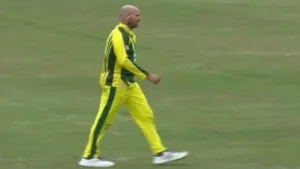Most cricket fans enjoy watching the game on television, but have you ever wondered how many cameras are used in a cricket match? In this article, we’ll delve into the world of live streaming, television broadcast, and the fascinating camera setup behind capturing the excitement on the cricket field. Various channels secure live telecasting rights to bring the matches to your screens.
So, let’s address the burning question: how many cameras are actually utilized during a cricket match? The answer is a total of 30 cameras. These cameras are strategically placed in different locations to ensure comprehensive coverage. To understand the camera placements and their applications, refer to the table below:
| Sr.no | Number of video cameras | Application of video cameras |
| 1 | 1 | Camera for outside broadcasting studio |
| 2 | 12 | Coverage of field play |
| 3 | 6 | Hawkeye cameras |
| 4 | 4 | Run-out video capture |
| 5 | 2 | Strike zone capture |
| 6 | 4 | Stumps camera |
| 7 | 1 | Presentation area |
In a professional cricket match, a wide array of cameras is employed to capture the action from diverse angles, providing viewers with an immersive experience. Let’s explore some common types of cameras used in a cricket match:
- Main Cameras: These primary cameras are strategically positioned around the stadium, capturing wide-angle shots of the playing field. They offer an overview of the match and are typically mounted on tripods or camera towers.
- Boundary Cameras: Placed near the boundary lines, these cameras capture close-ups of fielding actions, catches, and run-outs near the boundary ropes. They provide a detailed view of players’ movements and actions near the field’s edges.
- Stump Cameras: Embedded in the stumps at both ends of the pitch, these small cameras offer unique perspectives of the bowler, batsman, and wicketkeeper during deliveries. Stump cameras enable slow-motion replays and facilitate analysis of bowling and batting techniques.
- Spider Cams: Suspended from cables high above the ground, spider cams can move horizontally and vertically across the field. These cameras provide dynamic aerial shots, closely following the players’ movements, and offering a unique perspective on the match.
- Ultra Slow-Motion Cameras: High-speed cameras capable of capturing moments at significantly higher frame rates. They facilitate detailed slow-motion replays, allowing viewers to analyze the finer aspects of the game, such as ball trajectory, spin, and impact.
- Helmet Cameras: Occasionally, players wear helmet cameras, providing a first-person view of the game. These cameras give viewers a sense of what it’s like to bat or field on the cricket ground.
- Robotic Cameras: Remote-controlled cameras positioned at various locations around the stadium. These cameras offer flexibility and adjustable angles, capturing specific shots and moments during the game.
The precise number and configuration of cameras used in a cricket match may vary depending on factors such as the match’s level, broadcasting requirements, and the venue itself. The camera setup is meticulously designed to capture the most critical moments, ensuring a comprehensive and thrilling viewing experience for both spectators and television audiences.
In conclusion, the world of cricket broadcasting involves an intricate network of cameras strategically placed to capture every captivating moment on the field. With advancements in technology, the viewer’s experience continues to evolve, providing a closer look at the thrilling world of cricket.
Also Read: Step-by-Step Guide to Become an International Cricket Umpire
“Get more sports news, cricket news, and football updates, log on to sportsdigest.in. Follow us on Facebook or Twitter and Subscribe to our YouTube Channel.”


